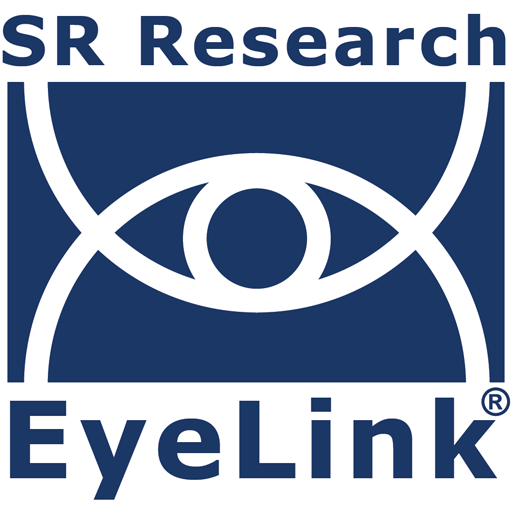CASE STUDY: Infants’ and Adults’ Perception of Different Pointing Gestures

Both adults and infants orient to pointing gestures, suggesting they are powerful attentional cues. Previous research has shown that, in adults, the strength of this cueing effect is influenced by hand shape (e.g., pointing with index finger vs whole hand vs pinky finger). In their recent paper, “What’s the point? Infants’ and adults’ perception of different pointing gestures,” Ger, Wermelinger, de Ven, and Daum (2024) sought to determine whether a similar effect of gesture type can be observed in infants as young as 12 months. Eye tracking was chosen as the primary measurement tool for its ability to accurately capture attentional shifts in both infants and adults, providing a robust and consistent method across age groups.
Developmental and Eye Tracking Gaze-Contingent Methodology
The researchers used an SR Research EyeLink 1000 Plus eye tracker, which captured gaze at a sample rate of 500 Hz. Participants (infants and adults) were seated a consistent distance from a 17-inch screen on which stimuli were presented.
The spatial cueing paradigm involved a gaze-contingent attention-getter at the screen’s center. Once the participant fixated on it for 400 ms, a gaze-contingent stimulus cue (a pointing hand with one of three hand shapes) appeared. The eye tracker measured the participant’s fixation on this stimulus cue for 100 ms (or a maximum of 5000 ms), after which a peripheral target appeared. The gaze-contingent functionality provided by the EyeLink 1000 Plus helped minimize data loss, by ensuring that the infants were engaged with the screen before the trial stimulus and peripheral target were presented. Saccadic reaction time (SRT), defined as the time taken for the gaze to move to the target after its appearance, was the primary dependent variable. This precise measurement was made possible by analyzing the start time of the first fixation within the defined target Interest Area (IA).
The use of eye tracking was critical for two main reasons. Firstly, it allowed for the direct measurement of gaze shifts, which is a more precise indicator of attentional orienting compared to manual responses used in some previous adult studies. Secondly, and perhaps most importantly, eye tracking enabled the researchers to test both infants and adults using the same measurement method, ensuring comparability of results across developmental stages. This uniformity in data collection was essential for understanding the developmental trajectory of pointing perception.
Differences in Pointing Perception between Infants and Adults
The eye tracking data revealed distinct patterns in pointing perception between infants and adults:
- Adults: Eye tracking showed a reliable cueing effect across all three hand shapes (index finger, whole hand, pinky finger). Adults reacted faster to congruent targets (appearing in the direction of the point) than incongruent targets. Interestingly, and contrary to some prior research that used manual responses, the cueing effect did not differ significantly between hand shapes, suggesting that with gaze responses, all tested hand shapes are effective in directing adult attention.
- Infants: The eye tracking results for 12-month-old infants were particularly insightful. Infants showed a cueing effect only for the whole-hand pointing gesture, but not for the index or pinky finger. This finding, derived directly from their gaze shifts, suggests that in their first year, infants’ orienting to pointing is more robust for whole-hand shapes.
By providing precise, real-time measurements of gaze shifts, eye tracking allowed the researchers to uncover nuanced differences in pointing perception between infants and adults, and across different hand shapes. The ability to apply the same sensitive measurement technique to both populations was fundamental to the study’s conclusions, particularly highlighting the developmental stage where whole-hand pointing cues are more effective for infants. This technology not only facilitated the replication of previous findings using a different modality but also extended our understanding of how social-communicative relevance of gestures develops in early life.
For information regarding how eye tracking can help your research, check out our solutions and product pages or contact us. We are happy to help!
